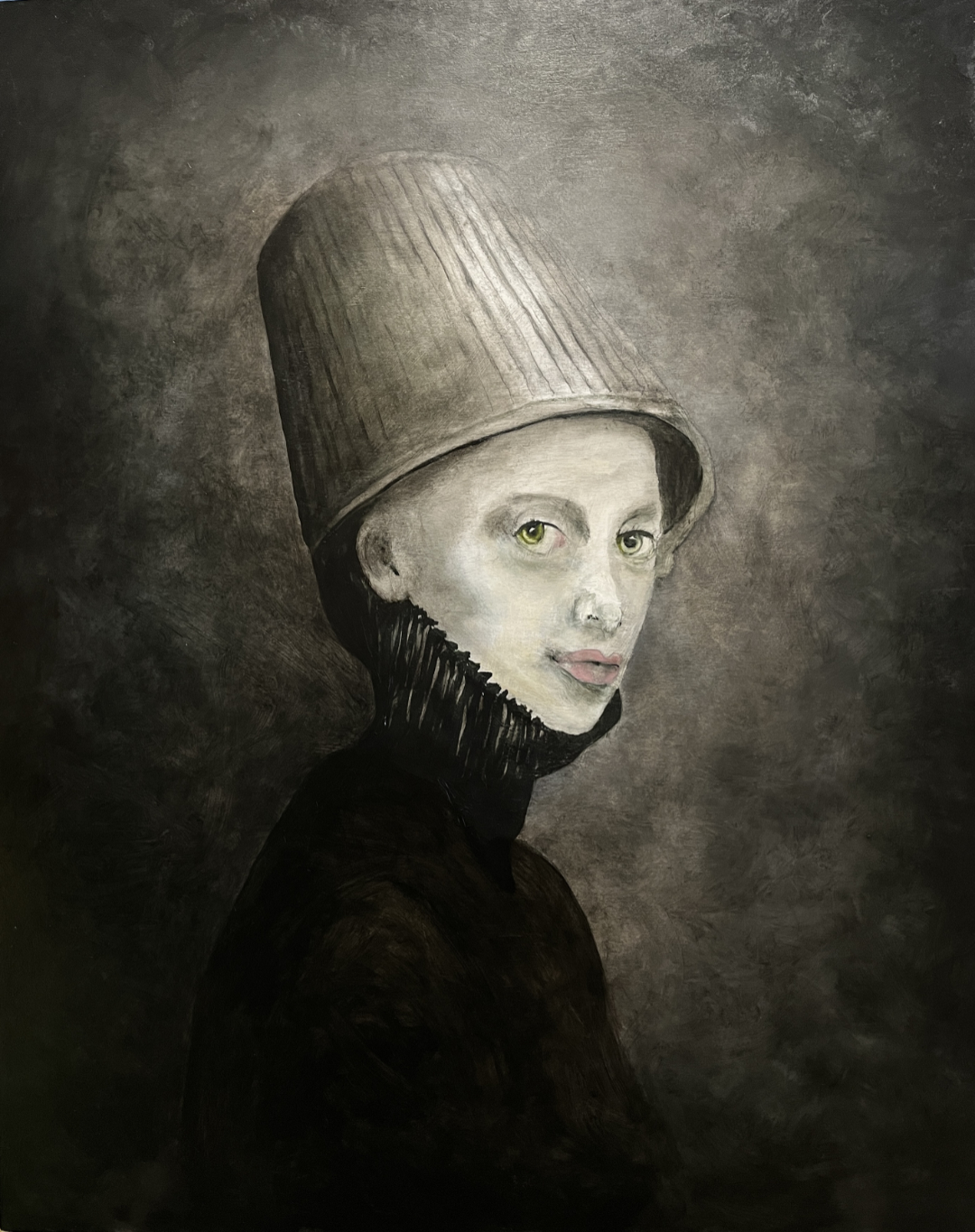
The Tale of Duchess Lysandra of Verdammstein (Mid-18th Century, Prussian Hinterlands)
In the year 1754, Duchess Lysandra von Verdammstein was widely regarded as one of the sharpest minds and most elegant figures in the Prussian court. Known for her translucent skin, piercing green eyes, and somber wardrobe, she moved like a ghost through the palaces—untouchable, unbending, and revered. However, her fame did not come without controversy. Lysandra was said to suffer from a rare neurological condition known in the court as “the melancholic vapors”—which modern medicine might now recognize as an advanced form of synesthesia fused with hyper-empathy and auditory hallucinations.
It was during a diplomatic banquet in Dresden that her fate changed forever.
The Incident with the Silver Chandelier
As the tale goes, Lysandra had spent weeks fasting, claiming she could “hear the sins of meat” in every bite. Already fragile, she arrived late to the banquet, swathed in layers of black tulle. Upon seeing the grand chandelier above—a marvel of polished silver and flame-lit glass—she screamed:
“The light is lying to me!”
She collapsed, and in the chaos that followed, a servant accidentally knocked over a silver soup urn, which struck her in the head.
She awoke three days later, speaking backwards, wearing her chamber pot as a hat, and renouncing all names except one:
“I am now The Bin of the Borderlands.”
The Emergence of the “Can Crown”
Her family, embarrassed but wealthy, commissioned a series of custom headpieces to disguise the chamber pot. But Lysandra would accept only waste bins—preferably dented, repurposed from servant quarters. She claimed they blocked the “psychic stink” of people’s intentions and allowed her to think clearly. In private, she became shockingly lucid, offering razor-sharp insights on court politics—many of which were later proven right.
She began making public appearances in a silver-plated trash can worn like a crown. The nobility mocked her—at first. But over time, her unique look spread across Europe as a form of satirical protest against court opulence. Artists painted her, poets wrote verses like “The Duchess of Debris” and “She of the Sanctified Scraps.”
Legacy
Lysandra lived another 23 years, outlasting two kings and three wars. Her “madness” was gradually reinterpreted as radical genius. Some say her trash-can headdress inspired early industrial design in Germany and influenced Bauhaus aesthetics. Others claim she was the original performance artist, decades before the term existed.
Today, her portrait—wearing the infamous pleated refuse helm—is housed in a private collection rumored to be haunted. Visitors report hearing whispers like “the light still lies” or “don’t trust the soup.”